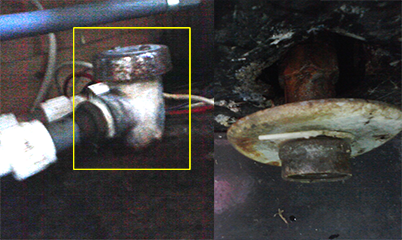PapaRichG
Active member
Can anyone tell me what the outlined part is called in the attached image? I just had a sizable leak on this whole unit as I attempted to remove the hose (just touching/moving the hose - no circular unscrewing had happened yet) so I'm going to attempt a repair tomorrow if I can get parts.
Also, what's the difference between FPT and MPT when referring to RV water inlets (both shown below)?
http://www.valterra.com/product/water-inlet-2-3-4-flange-fpt-lead-free-alum-finish-carded/?pcat_id=1237
http://www.valterra.com/product-category/rv-products/aftermarket/freshwater-products/flush-mount-water-inlets-mpt/
Also, what's the difference between FPT and MPT when referring to RV water inlets (both shown below)?
http://www.valterra.com/product/water-inlet-2-3-4-flange-fpt-lead-free-alum-finish-carded/?pcat_id=1237
http://www.valterra.com/product-category/rv-products/aftermarket/freshwater-products/flush-mount-water-inlets-mpt/


